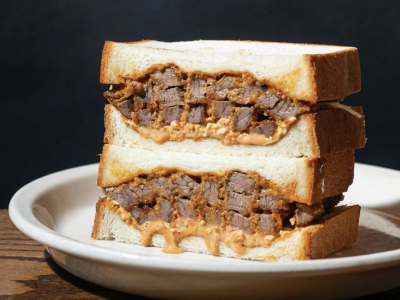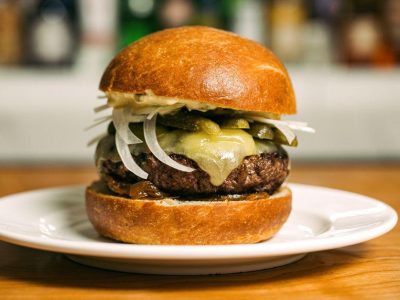When the term “vintage tube amp” is mentioned, many people immediately think of Fender’s tweed amplifiers, which were produced by the company from the late “40s to about 1960. Not only do old Fender tweeds tend to be at the top of any list of the most valuable vintage guitar amps, but the sound of these amps has come to be widely accepted as the epitome of what it means to have “vintage tone.”
- Best Class In Warlords Of Draenor? Wow Ten Ton Hammer
- Destiny 2: Best Pvp Fusion Rifle S In Destiny 2 For 2021, Destiny 2 Best Fusion Rifles Guide
- Dark Souls 2 Best Scythe – The Best Reapers In Dark Souls Ii (All 9, Ranked)
- Top 5 Best Glass Screen Protector Galaxy S6 Screen Protectors Of 2021
- Fire Emblem Awakening Best Robin Build, Robin (M) Builds And Best Ivs. Fire Emblem Awakening Robin Class Path.
There is some variety in terms of design, sound, and build quality among tweed models. These vintage twill beauties are best known for a certain raw, loose sound, characterized by high touch sensitivity and a musical, spongy compression known as “sag.” Turning them up to eleven brings out their best, and many guitarists consider the sound of a roaring, wide-open tweed combo to be the pinnacle of grittier tones.
Bạn đang xem: Best Fender Amp Clones : Other Amps : The Gretsch Pages, 4 Of The Best Fender Tweed Amp Clones
The conventional response at this point would be to lament the increased cost of vintage Fender tweed amps since their heyday in the 1970s when they could be purchased in pawn shops for a few hundred dollars, but that’s just not my style. I hope to show that the good old days were not so good after all.now, and that they are still manufactured in much the same way (if not better) as they were in the past.
Beautiful, meticulously recreated clones of these amps are abundant and sell for far less than the originals, providing more options than ever for players who want the look, feel, and wild, untamed rock tones of a vintage Fender tweed. Therefore, a modern clone is the best option unless you’re a collector looking to add to a priceless museum collection. Here are some of our top picks; read on!
Victoria Amplifiers 20112
Mark Baier of Victoria, British Columbia, has spent as much time as anyone else painstakingly recreating by hand Fender tweed circuits from the 1950s, and his company’s amplifiers are widely considered the best of the clones. Famous tweed enthusiasts like Billy Gibbons and Keith Richards use them, and it is safe to say that they are well-versed in the art of producing authentic vintage tweed tones.
While Victoria’s “narrow panel” 20112 model based on the 5E3 Fender Deluxe is a treat, any of the models based on classic Fender circuits are worth checking out.
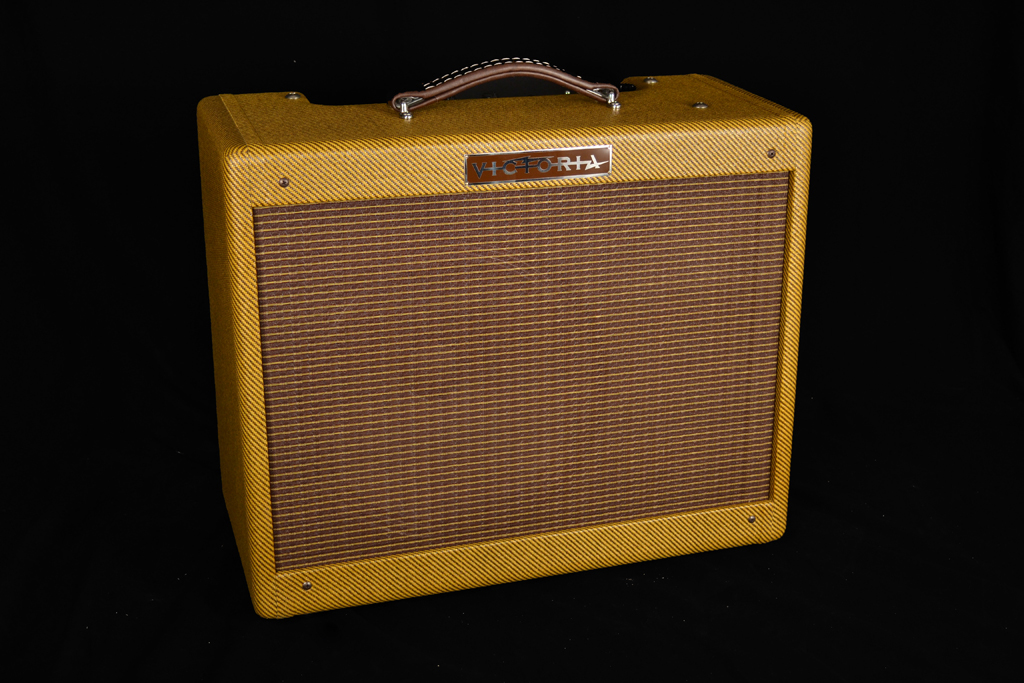
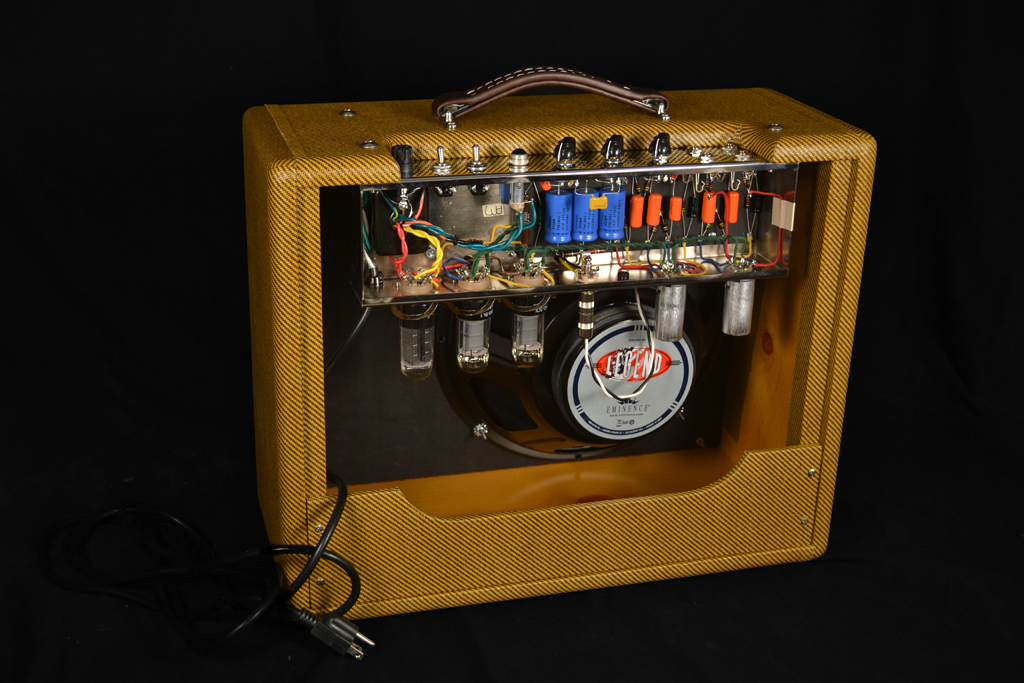
This 14-watt, 6V6-powered 1×12 combo is like stepping into a tonal time machine, transporting you back to a simpler era when amplifiers were straightforward, tube rectifiers were the only available option, and a resonant, finger-jointed pine cabinet could produce the heavenly (or demonic) harmonies of a heavenly choir.
Possibly overstating my case, but the 20112 is a fantastic amplifier that produces tweed tone on par with the best of them. It demands to be turned up, and its powerful growl is plenty loud to keep up with a band when set to its optimal level. It’s also accommodating to pedals. For more information on the Victoria 20112 Combos on offer at lisbdnet.com, please visit our website.
Kendrick Amplifiers 2410
The Kempner, Texas-based company Kendrick Amplifiers was among the first to faithfully reproduce the construction and point-to-point hand-wiring of the original Fender tweed amps, making it an instrumental figure in the revival of the boutique tweed amp.
Although Kendrick has been around since 1989 and currently produces a wide variety of products, the “50s tweed Bassman stylings of the model 2410 410 combo are largely responsible for the company’s initial success.
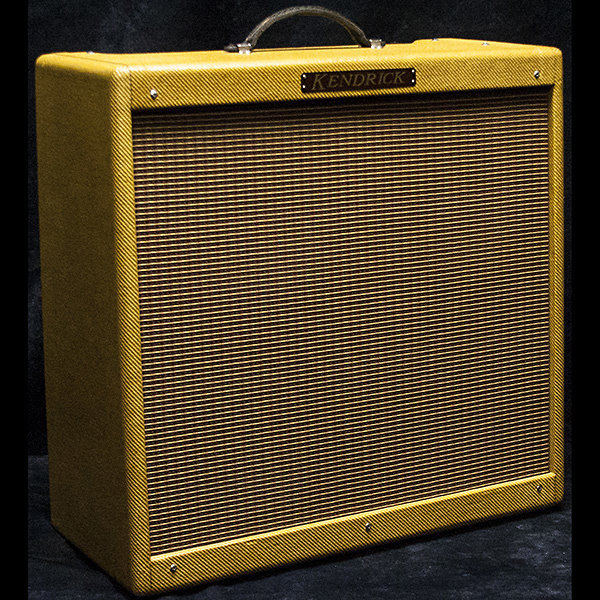

The 2410’s pair of 6L6s produced an audibly loud 45 watts, and the GZ34 rectifier allowed for a wide variety of tones, from bright cleans to juicy vintage grunt and balls-to-the-wall grind that might remind some guitarists of an early Marshall (which, as most readers are probably aware, was based on the Bassman).
Both the hand-wired tube circuitry inside a Kendrick amp and the varnished tweed cabinets outside are works of art. Although Kendrick no longer manufactures the 2410 because it has expanded beyond making tweed clones, occasionally excellent pre-owned examples can be found on lisbdnet.com.
Clark Amplification Tyger
Clark Amplification, located in South Carolina, produces high-quality tweed replicas of classic amplifiers by Fender and Marshall. The Tyger, a 35-watt, 3-by-10-inch clone of the Bandmaster, is a fan favorite because of the high-quality components it employs. These include sturdy custom-wound transformers, Allen Bradley carbon comp resistors, Astron replica capacitors, cloth-covered solid-core wire, CTS pots, Weber speakers, and gorgeous, resonant pine cabinets wrapped in warm, amber-colored tweed.
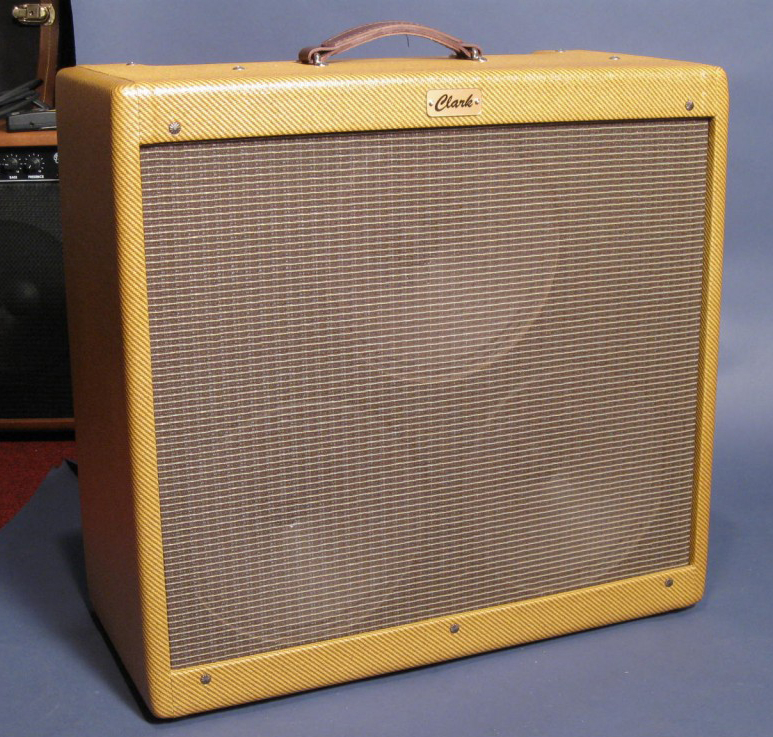
Xem thêm : Best Weapons For Excalibur Warframe, Best Melee Weapon For Excalibur
The Tyger’s Normal and Bright channels and straightforward treble, bass, and presence controls are reminiscent of classic Fender amps. This configuration produces a wide range of sounds, from sparkling cleans to creamy leads and even some vintage rock ‘n’ roll snarl from humbuckers.
It has plenty of headroom, so a good drive or boost placed in front of it can help it achieve its full potential for buttery saturation. The Clark Tyger costs $2,280 USD, which isn’t exactly pocket change. However, when compared to the price of a genuine vintage Bandmaster, which could be four times as much, the Clark Tyger seems like a proper bargain.
Tungsten Amplifiers Crema Wheat
Tungsten Amplifiers of Florida may be a newcomer to the tweed scene when compared to veterans such as Victoria and Kendrick, but its amplifiers are already making waves. This is because they are a true reflection of the vintage Fender tweed aesthetic while still being reasonably priced and painstakingly handcrafted. Crema Wheat, the company’s electric guitar, is supposedly not a carbon copy of any particular Fender model but rather a synthesis of several classic ’50s circuits, with an overall character that practically cries out “Tweed Deluxe!”
It uses a Scumback M75 speaker and 20 watts of power from a 6V6 tube with a GZ34 rectifier. It comes with two volumes, a master tone, and a Bright and Normal switch. The amp’s extraordinary touch sensitivity is its main selling point. It’s perfect for cranking all the way up and getting the sounds from your guitar and hands, as even subtle picking changes can have a significant impact on the amp’s output. It’s like a pipe dream for a minimalist guitar nerd. Priced at around $1,745 USD (less for a used specimen), the Crema Wheat is also available in head form, which costs a bit less.
Since it was not my intention to compile an exhaustive list, many excellent and pleasant sounding contemporary tweed clones were left off. Feel free to mention some of your favorites in the feedback section.
Shop Gear
CategoriesBrandsShops Discounts and Bargains Drop in PriceNo Interest on New and Hot Items Curated Assortments
Help & Tools
A Place to Get Help and Get in Touch Supportlisbdnet.com Protection Affiliate Programlisbdnet.com App StoreMobile App Integrations & API
Nguồn: https://directmarketingcenter.net
Danh mục: Best



